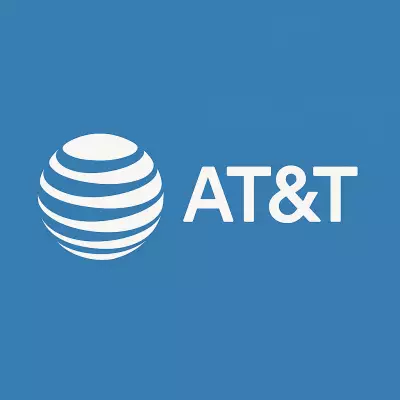Think the Dark Web is The Ultimate in Privacy? Think Again, 27% of Tor Exit Relays Spied on Dark Web Users
Table of Contents
- By Dawna M. Roberts
- Published: May 26, 2021
- Last Updated: Mar 18, 2022
The dark web is known as the place to go if you want the ultimate in privacy and security. According to Hacker News, a new study revealed that an unknown hacker controlled 27% of the Tor network exit capacity in February 2021.
What is Happening?
Security Affairs notes that this practice has been going on since early 2020 and that malicious cybercriminals added thousands of exit relays to the Tor network to “intercept traffic and carry out SSL stripping attacks on users while accessing mixing websites.”
A stripping attack downgrades the connection from HTTPS to HTTP, allowing someone to eavesdrop and monitor traffic for users that think they are browsing privately.
Security experts believe that the intended targets were those who visited cryptocurrency websites. They essentially replaced the addresses of legitimate cryptocurrency wallets with those controlled by hackers.
Security Affairs states that “In August 2020, the security researcher and Tor node operator “Nusenu” described this practice in an analysis on how malicious Tor Relays were exploiting users in 2020.” They also note that these bad actors are still at it.
In his study, Nusenu says
“You can see the repeating pattern of new malicious relays getting added to the tor network and gaining significant traction before dropping sharply when they get removed.”
In February, the threat actor managed to control up to 27% of the exit relays. Previously, the hacker operated under the radar because there were so few.
How is Tor Responding?
Tor detected each attack and removed all the exit relays across the entire network. However, the traffic has been intercepted for months. There is no telling how much damage was done during the time that the relays were in place.
In May, Tor once again removed the new relays, but the hacker simply replaced them with new ones. Unfortunately, even with the quick response and vigilant monitoring of dark web, Nusenu claims that roughly 4-6% of the exit relays are still malicious and continue to perform SSL stripping attacks even now.
According to Nusenu, SSL stripping attacks are basically “man-in-the-middle” attacks where the attacker inserts themself into the middle of the traffic and diverts it to a malicious website instead of the intended destination. The goal is to divert Bitcoin payments into their own wallet.
The Tor Project explains, “If a user visited the HTTP version (i.e. the unencrypted, unauthenticated version) of one of these sites, they would prevent the site from redirecting the user to the HTTPS version (i.e. the encrypted, authenticated version) of the site. If the user didn’t notice that they hadn’t ended up on the HTTPS version of the site (no lock icon in the browser) and proceeded to send or receive sensitive information, this information could be intercepted by the attacker.”
What is Tor?
Tor is open-source software (browser) allowing users to communicate over a private network of servers on the dark web (a section of the internet not accessible through traditional browsers). The Tor browser obfuscates IP addresses and masks any visitor data (including their location), protecting users' privacy. It works through a series of relays. The final passthrough is the gateway that bad actors are exploiting to redirect traffic.
In the past, hacker groups have used exit relays to install malware, such as the OnionDuke incident. However, threat researchers claim that this is the first time a single bad actor has taken control of such a large piece of the Tor network.
In August 2020, the hacker-controlled 380 malicious exit relays. In the first week of May 2021, the hacker accessed and took control of 1,000 relays.
















